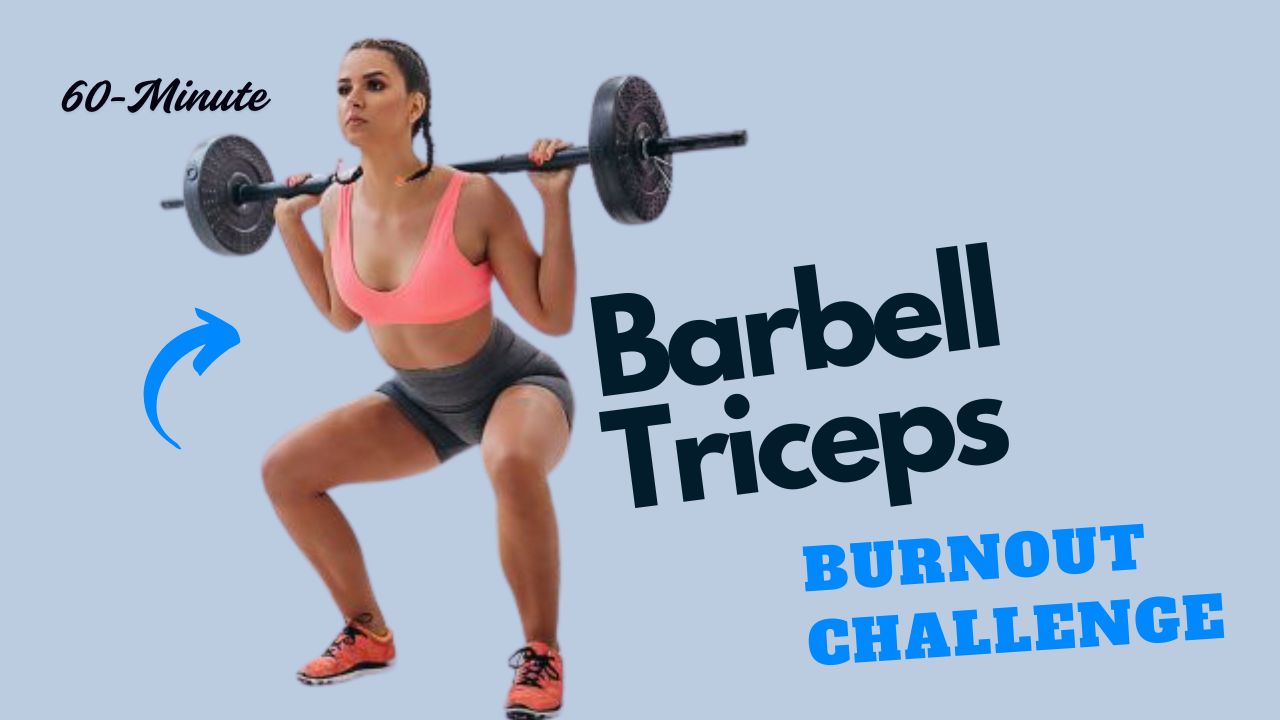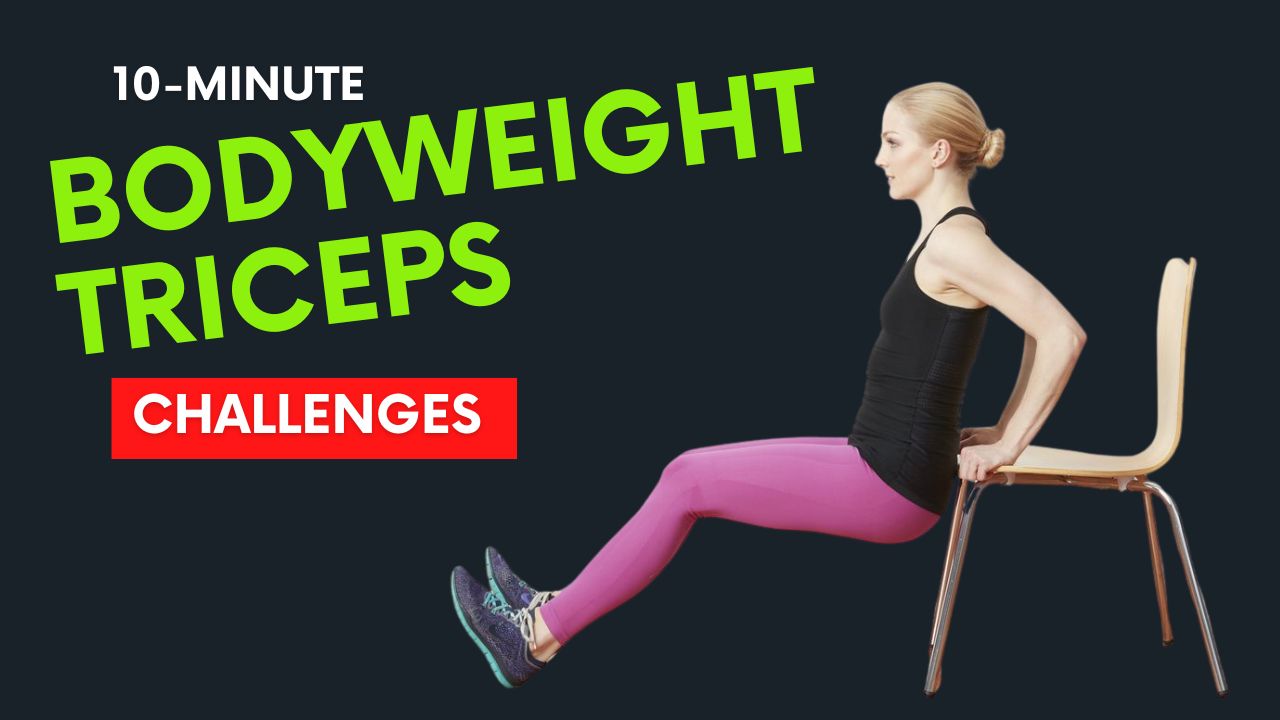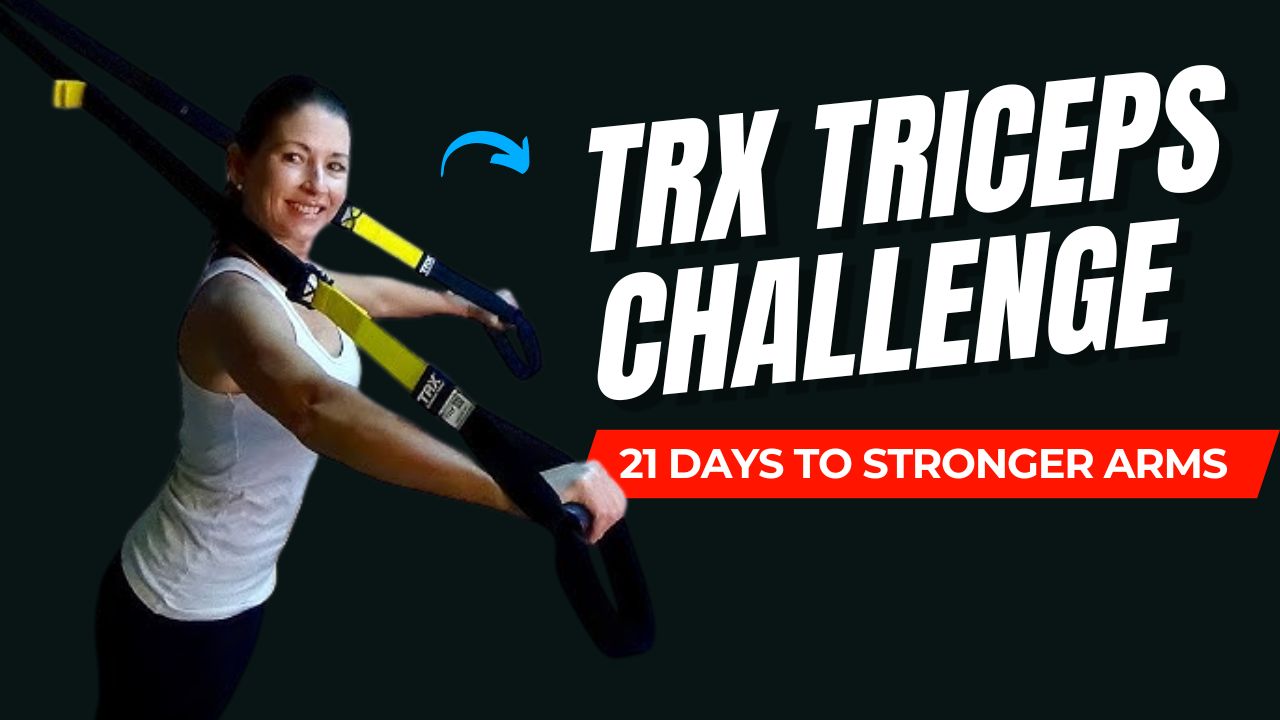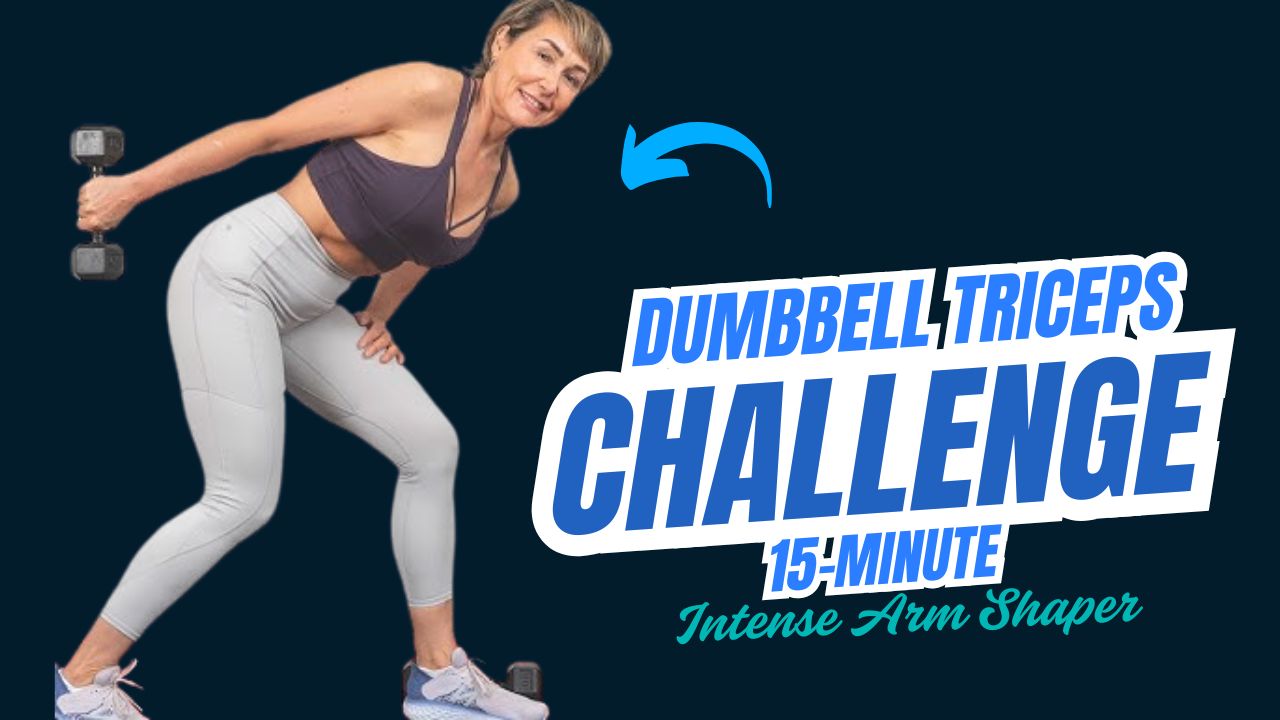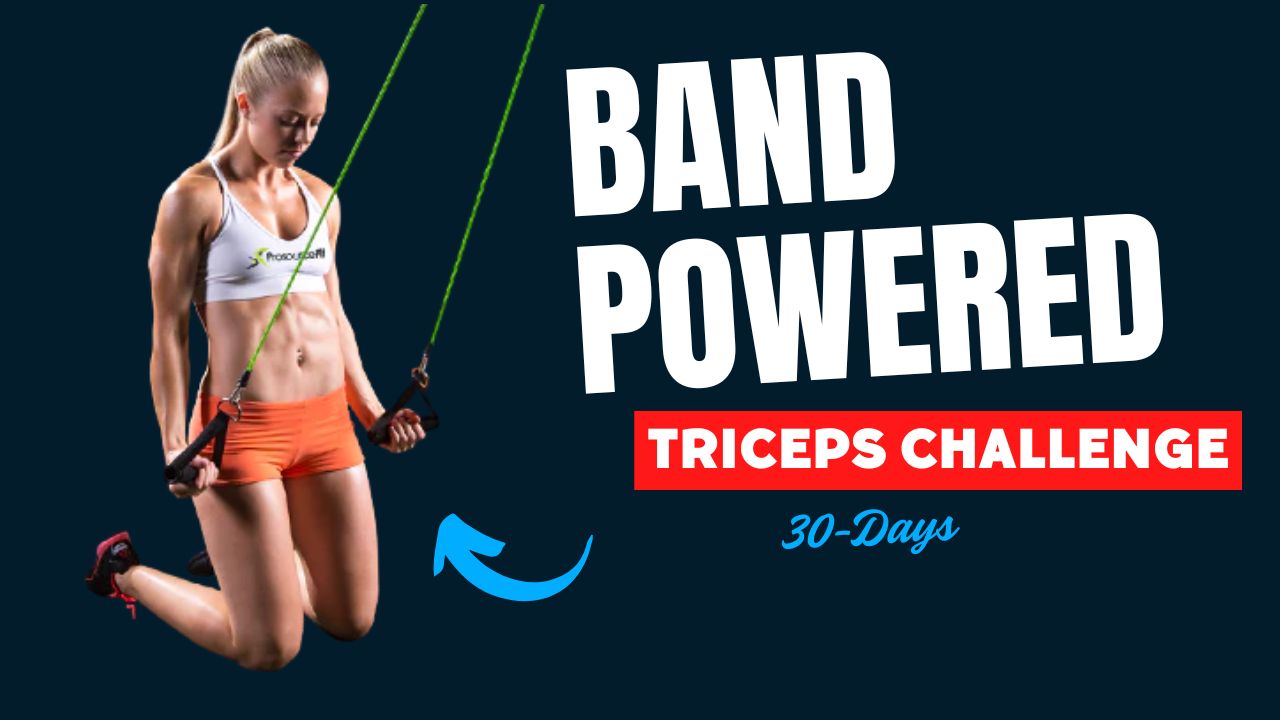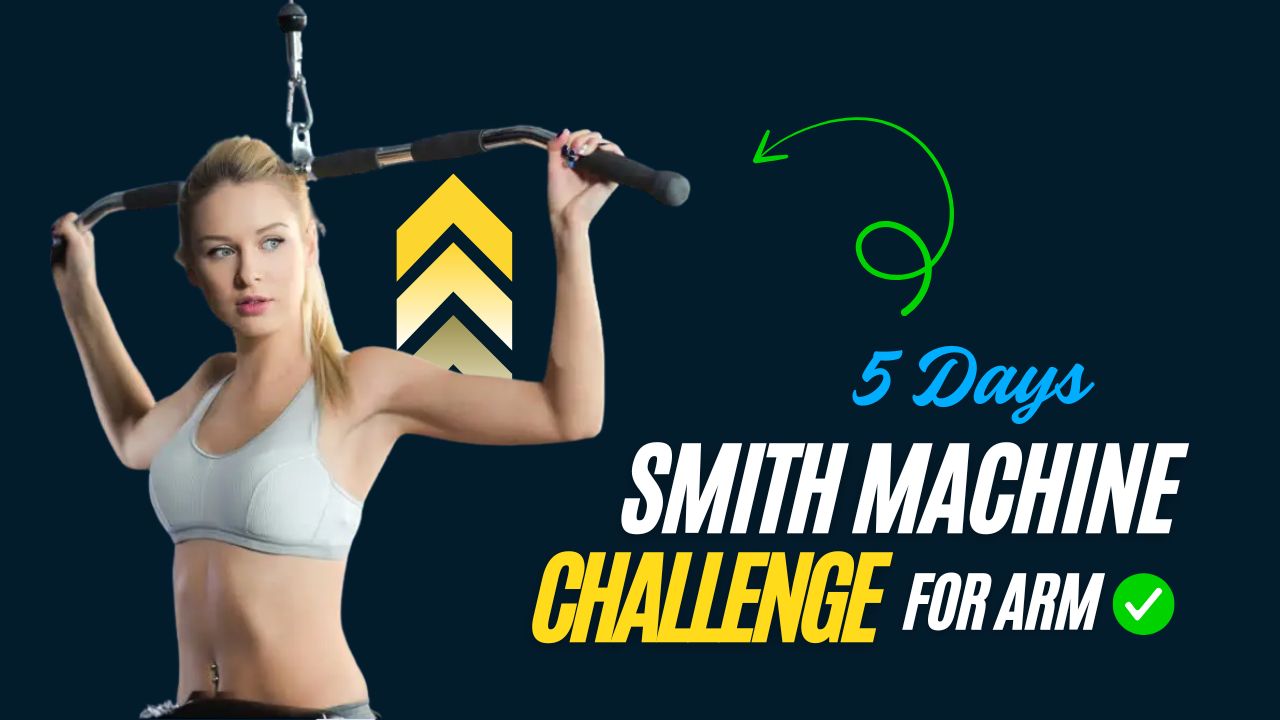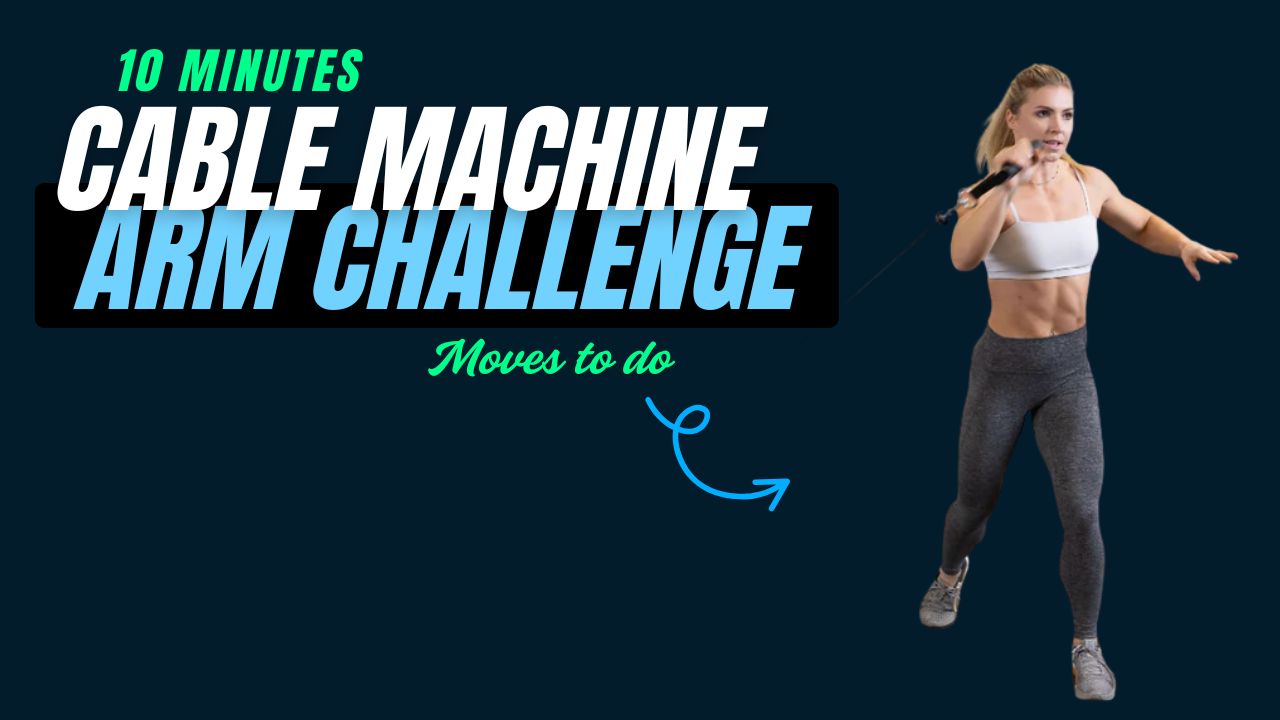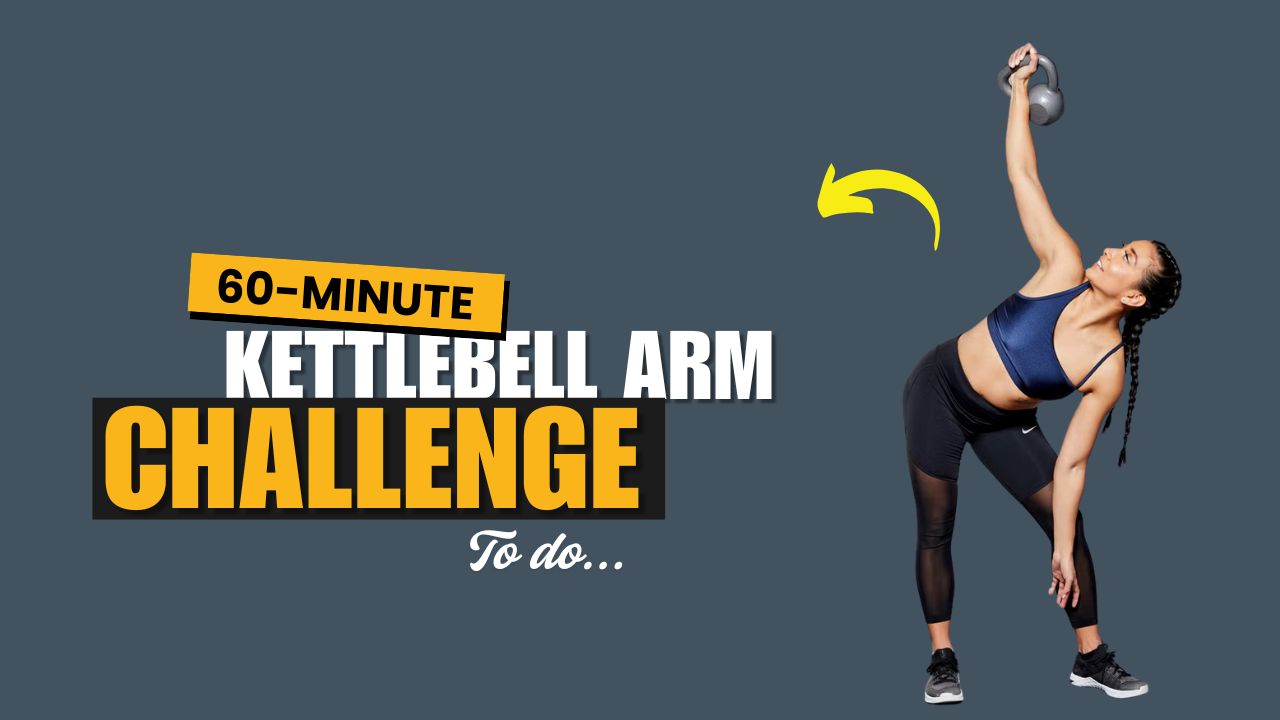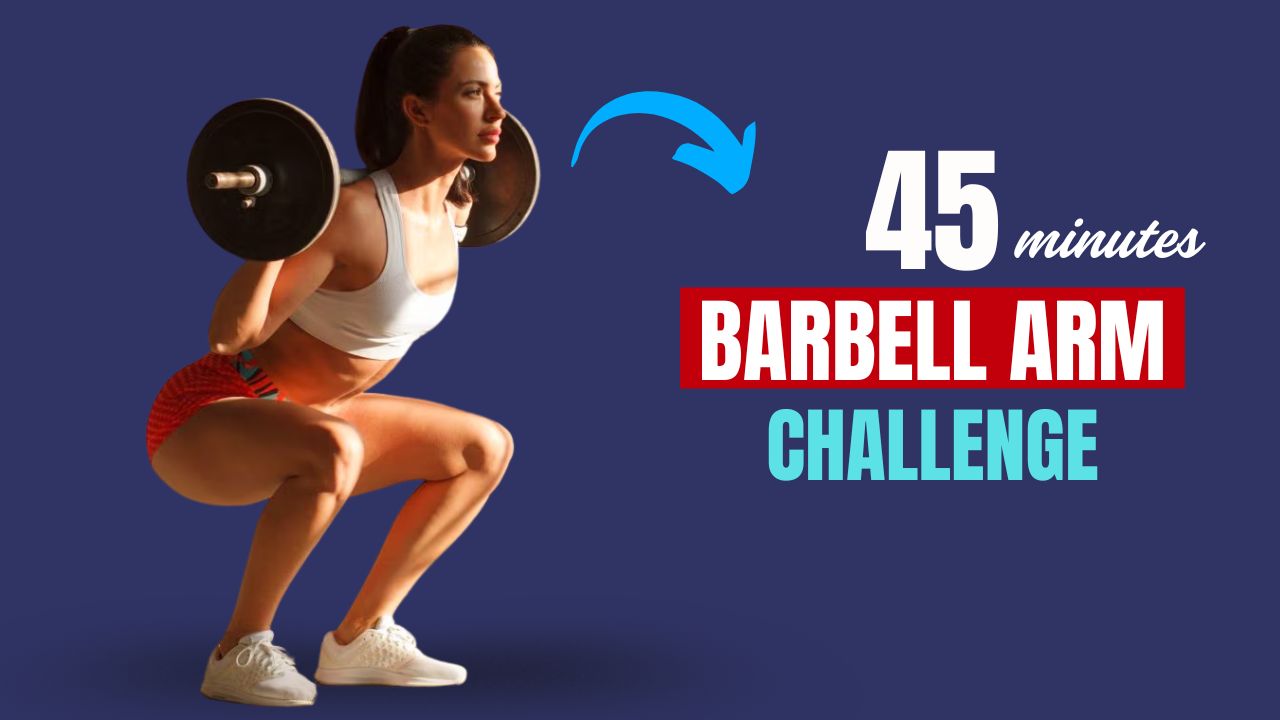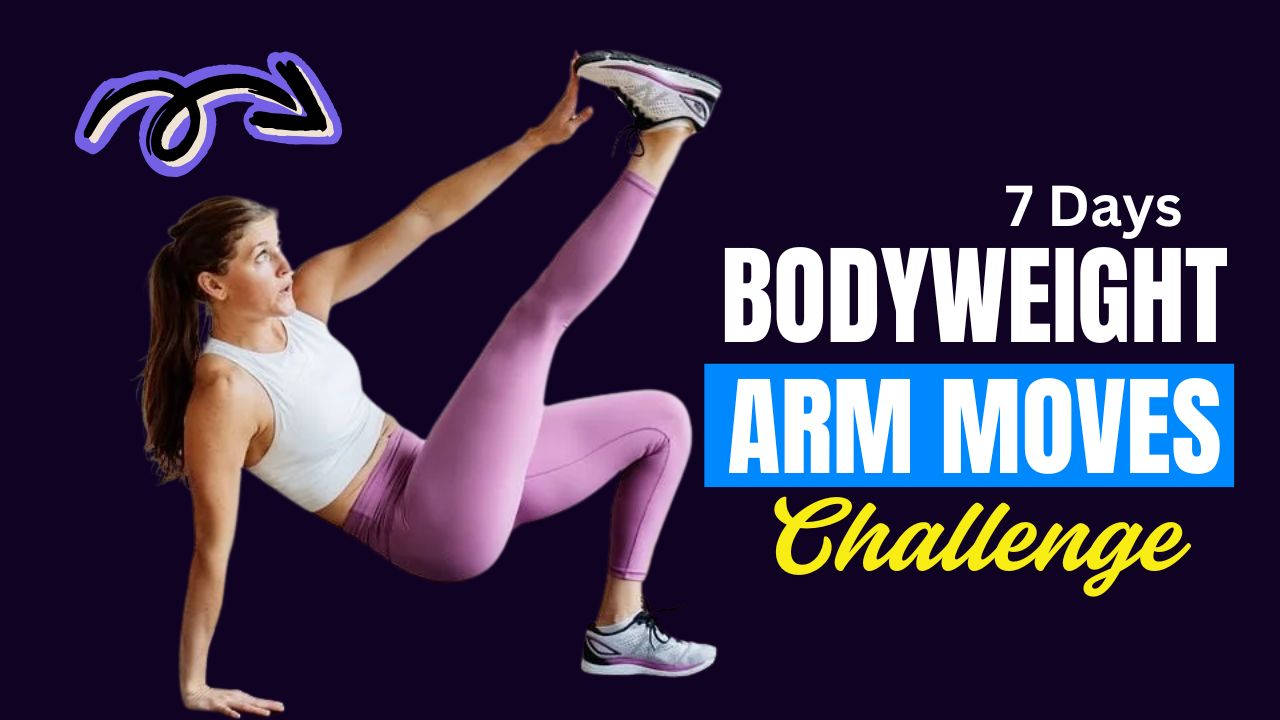Want a shredded, sculpted back without heavy machines? TRX suspension straps can unleash insane gains using just your body weight.
Get ready to carve a strong, defined back with these 10 TRX back exercises you can do anywhere.

Table of Contents
Why TRX for Back Training?
Unlike fixed-weight machines, TRX engages your core, stabilizers, and posterior chain in every move. It’s perfect for developing functional strength and building lean muscle.
Plus, it’s portable — hang your straps on a door or tree, and you’ve got a gym on the go.
Did you know? Studies show that TRX rows activate more core and stabilizer muscles compared to traditional dumbbell rows, helping improve balance and reduce injury risk.
What Can Happen After 30 Days of TRX Back Exercises
| Positive Changes You May Notice | Things to Watch Out For |
|---|---|
| Improved back strength and muscle tone | Soreness if recovery or warm-up is inadequate |
| Better posture with reduced shoulder rounding | Risk of overuse injuries if you skip rest days |
| Increased core stability and balance | Plateaus if you don’t vary angles or exercises |
| Enhanced endurance and ability to perform daily tasks | Possible form breakdown as fatigue sets in |
| Greater confidence in bodyweight and functional moves | Developing imbalances if you neglect other muscle groups |
TRX Back Exercises: Do & Don’t
| Do | Don’t |
|---|---|
| Keep your core tight like a plank throughout each move. | Let your hips sag or arch your back. |
| Control the lowering phase slowly. | Drop quickly or bounce at the bottom of the rep. |
| Pull shoulders down and back before rowing. | Shrug your shoulders toward your ears. |
| Maintain a straight line from head to heels. | Bend at the hips or let your head jut forward. |
| Adjust your foot position to modify difficulty safely. | Start with an angle too steep for your level. |
| Warm up with dynamic stretches before starting. | Jump into intense reps without preparing. |
| Breathe evenly: exhale as you pull, inhale as you lower. | Hold your breath during exercises. |
| Focus on proper form over quantity of reps. | Rush through sets to finish faster. |
10 Best TRX Back Exercises To Do
1️⃣ TRX Low Row
How to:
- Stand facing the anchor point, holding TRX handles with palms facing each other.
- Lean back with your body straight, arms extended in front.
- Pull your chest toward the handles by squeezing your shoulder blades together.
- Lower slowly, keeping tension in your back.
Benefits: Builds mid-back thickness and improves scapular control.
2️⃣ TRX High Row
How to:
- Start in the same position as the low row, but pull your elbows high and wide, bringing your hands to shoulder level.
- Squeeze upper back muscles at the top.
Benefits: Emphasizes rear delts and upper traps for a wider back.
3️⃣ TRX Inverted Row
How to:
- Position your body under the anchor point, facing up with feet on the floor and body straight.
- Grip handles above your chest.
- Pull your chest directly up to the handles, then lower slowly.
Benefits: Fantastic for overall back thickness; mimics barbell rows using bodyweight.
4️⃣ TRX Single-Arm Row
How to:
- Hold one handle with feet hip-width apart, leaning back.
- Row with one arm while keeping hips and shoulders square.
- Switch sides.
Benefits: Adds unilateral strength, corrects imbalances, and fires up core stability.
5️⃣ TRX Y-Fly
How to:
- Start leaning back with arms extended overhead in a Y shape.
- Pull arms up and out to form a Y while keeping elbows slightly bent.
- Lower under control.
Benefits: Strengthens lower traps and rotator cuff; improves posture.
Myth-buster! Many think back pain means avoiding upper back work. But exercises like TRX Y-Fly can actually reduce back pain by correcting muscular imbalances.
6️⃣ TRX T-Fly
How to:
- From the same starting position, extend your arms out to your sides to make a “T.”
- Keep your body straight and control the movement both up and down.
Benefits: Builds rear delts and mid-back, essential for healthy shoulders.
7️⃣ TRX Reverse Fly
How to:
- Lean back with arms extended in front of the chest, palms facing in.
- Open arms wide like a hug, squeezing shoulder blades together.
- Return slowly.
Benefits: Targets rhomboids and rear delts; enhances scapular stability.
8️⃣ TRX Archer Row
How to:
- Grip both handles, and lean back.
- Pull one handle toward your ribcage while extending the other arm straight to the side like an archer drawing a bow.
- Switch sides.
Benefits: Increases core engagement, and builds asymmetrical back strength.
9. TRX Power Pull
How to:
- Start with one arm extended holding the handle; the other arm reaches up and back behind you.
- Rotate your torso while pulling yourself up.
- Alternate sides.
Benefits: Combines rotational power with upper back strength for functional movement.
10. TRX Face Pull
How to:
- Lean back with arms extended, grip handles with palms facing down.
- Pull handles toward your face, flaring elbows outward.
- Squeeze the upper back at the top.
Benefits: Strengthens rear delts, traps, and external rotators; helps improve shoulder health.
Interesting fact: TRX face pulls are a favorite of athletes and physiotherapists for correcting slouched posture.
Pro Tips for Best Results
- Maintain a plank-like body position to engage your core.
- Control the eccentric (lowering) phase for maximum muscle activation.
- Adjust your body angle to modify difficulty: the steeper the angle, the harder the move.
Safety Reminder
Keep shoulders pulled down away from ears during every rep to avoid excessive neck strain. Always warm up before starting your TRX back workout.
With these 10 TRX back exercises, you’ll build strength, improve posture, and develop an impressive back — all with minimal equipment and maximum results. Give them a try and feel the difference!
Conclusion
TRX back exercises are a game-changer for building a strong, sculpted, and functional upper body — no fancy gym is required.
By mastering these 10 powerful moves, you’ll not only improve your posture and core stability but also unlock real-world strength that carries over into sports and daily life.
Whether you’re training at home, outdoors, or on the go, your TRX straps can transform any space into a complete back-blasting workout zone.
Consistency is key: perform these exercises 2–3 times per week, focusing on controlled movements and proper form.
Over time, you’ll notice better muscle definition, reduced risk of injuries, and newfound confidence in your strength. Now grab those straps and start rowing your way to an unstoppable back!
Frequently Asked Questions (FAQs)
How many times per week should I do TRX back exercises?
Aim for 2–3 sessions per week, allowing at least one day of rest between workouts so your muscles can recover and grow stronger.
Are TRX back exercises suitable for beginners?
Yes! TRX is perfect for beginners because you can easily adjust the difficulty by changing your body angle. Start with a more upright stance and gradually progress to steeper angles as you build strength.
Can TRX exercises replace traditional weightlifting for back training?
TRX can effectively build strength, muscle, and stability, especially for functional fitness. However, for maximum muscle size, combining TRX with free weights or machines may yield even better results.
Will TRX back exercises help with posture?
Absolutely! Many TRX back movements strengthen postural muscles, especially the mid and upper back, helping correct rounded shoulders and improving overall posture.
How long should a TRX back workout session last?
A complete session with warm-up, exercises, and cool-down can take 20–40 minutes, depending on sets, reps, and rest periods.
What rep range is best for TRX back exercises?
For strength and muscle growth, aim for 8–15 controlled reps per set. Perform 2–4 sets depending on your fitness level.
Can TRX exercises aggravate back pain?
When performed with proper form, TRX back exercises can actually help reduce back pain by strengthening supporting muscles. However, if you have a history of back injuries, consult a professional before starting.
Do I need any other equipment besides TRX straps?
Nope! For these exercises, you just need TRX straps securely anchored to a door, wall, or sturdy overhead point — no extra equipment required.
Can I combine TRX back exercises with other bodyweight moves?
Definitely. TRX pairs well with bodyweight push-ups, lunges, squats, and core exercises, creating a full-body routine.
What’s the difference between TRX Low Row and High Row?
The low row targets the mid-back with elbows close to your body, while the high row shifts emphasis to rear delts and upper traps by pulling elbows out and high.
